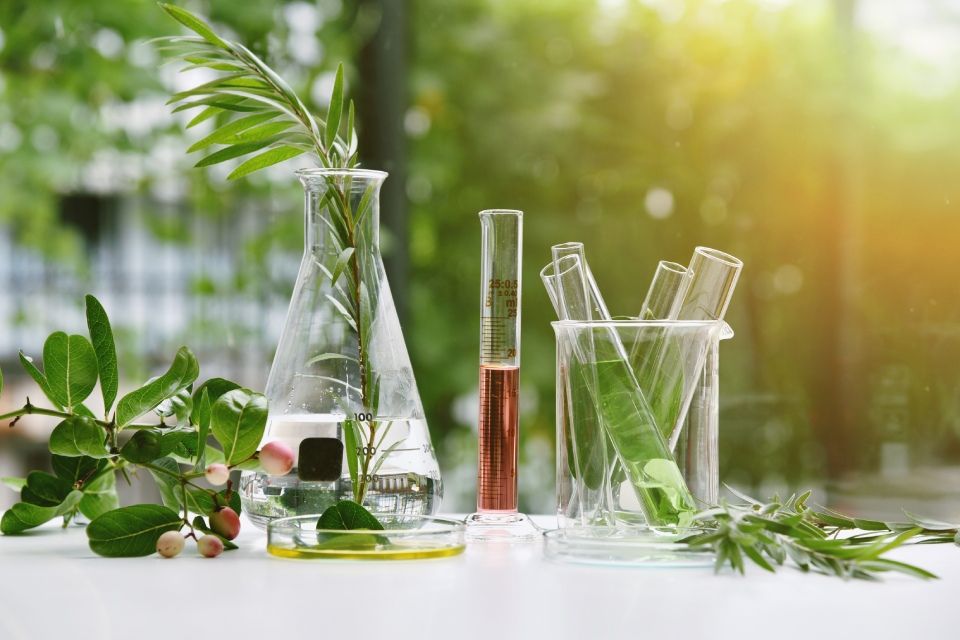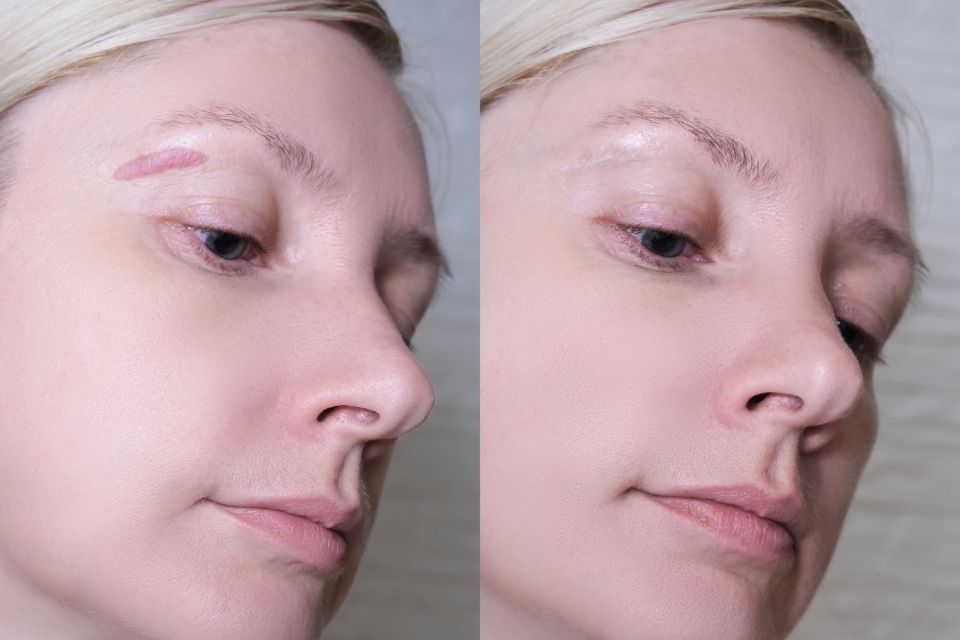HERBS IN TRADITIONAL SARDINIAN MEDICINE: BETWEEN TRADITION AND SCIENCE

Fortunately, Sardinia is well supplied with herbs, due to its isolation and the geomorphology of the territory. If the island is home to about 3,000 plant species, 397 of these are recognized as endemic medicinal plants, that is, exclusive to Sardinia.
Some examples of natural self-medication come to us from Ogliastra, one of the historical regions of the region. Known in ancient times as Barbagia Trigònia, it is an area that has preserved this aspect of its identity quite well, as witnessed by numerous interviews.
Testimonies rooted in oral tradition
Oral tradition attests, to cite a few cases, the infusion of oleander leaves (Lionaxi) as an external disinfectant, the poultice of dotted gigaro leaves (Satzaròi) to treat burns; the oil of mastic fruits (Moddissi) to treat scabies; the decoction of maidenhair fern branches (Erba chi non infunde) to combat the hated dandruff.
Again, the poultice of Sardinian periwinkle leaves (Proinca) to treat the knee joint, the poultice of chard leaves (Eda) for bruises; the decoction of the rhizome and branches of male fern (Finisci masculu) massaged on the parts affected by arthritis.
Mexina® Complex Gel
The gel identified as Mexina® Complex is the result of a pool of endemic and non-endemic plants from Sardinia with a formulation handed down for more than 80 years and then made usable for production/cosmetic/pharmaceutical purposes by research, on the territory and in the laboratory, by Arvurepharma, a company committed to the valorization of a heritage of Sardinian folk medicine that was gradually disappearing.
The gel thus created has been successfully used in various fields of medicine, although it is still registered as a cosmetic; some of these are:
- Burns 2* and 3* degree;
- bedsores;
- post-operative scars (breast augmentation/reduction, blepharoplasty, cesarean section scar, various scars from insertion of laparoscopic cannulas);
- dermabrasion for tattoo removal;
- post-chemical peeling regeneration;
- use in implantology techniques in the proliferation of new bone tissue and reduction of tissue and implant response times (study by the University of Chieti, with related scientific publication);
- dermatitis;
- acne;
- adjuvant in the treatment of the inflammatory phase of Herpes Zoster skin rashes;
- a possible use in the ophthalmic field for the production of eye drops with a broad inflammation modulating action and possible artificial tears with higher dilutions always with an anti-inflammatory and soothing action;
- use after lacerated and contused wounds in purebred horses and companion dogs (for veterinary use);
- cosmetic and anti-aging use.

PATENT N. 1412533: Sedum Caeruleum extract for therapeutic and/or cosmetic use





